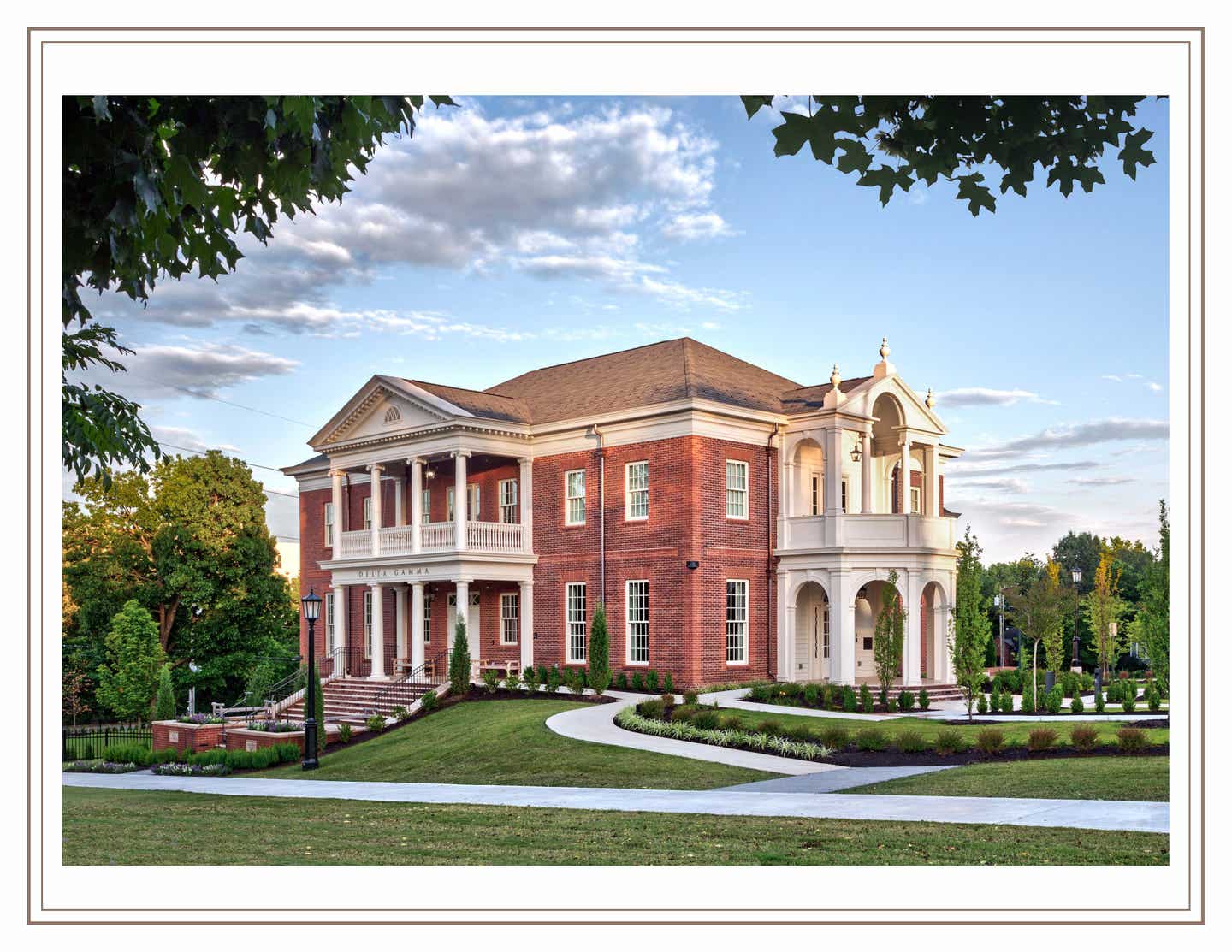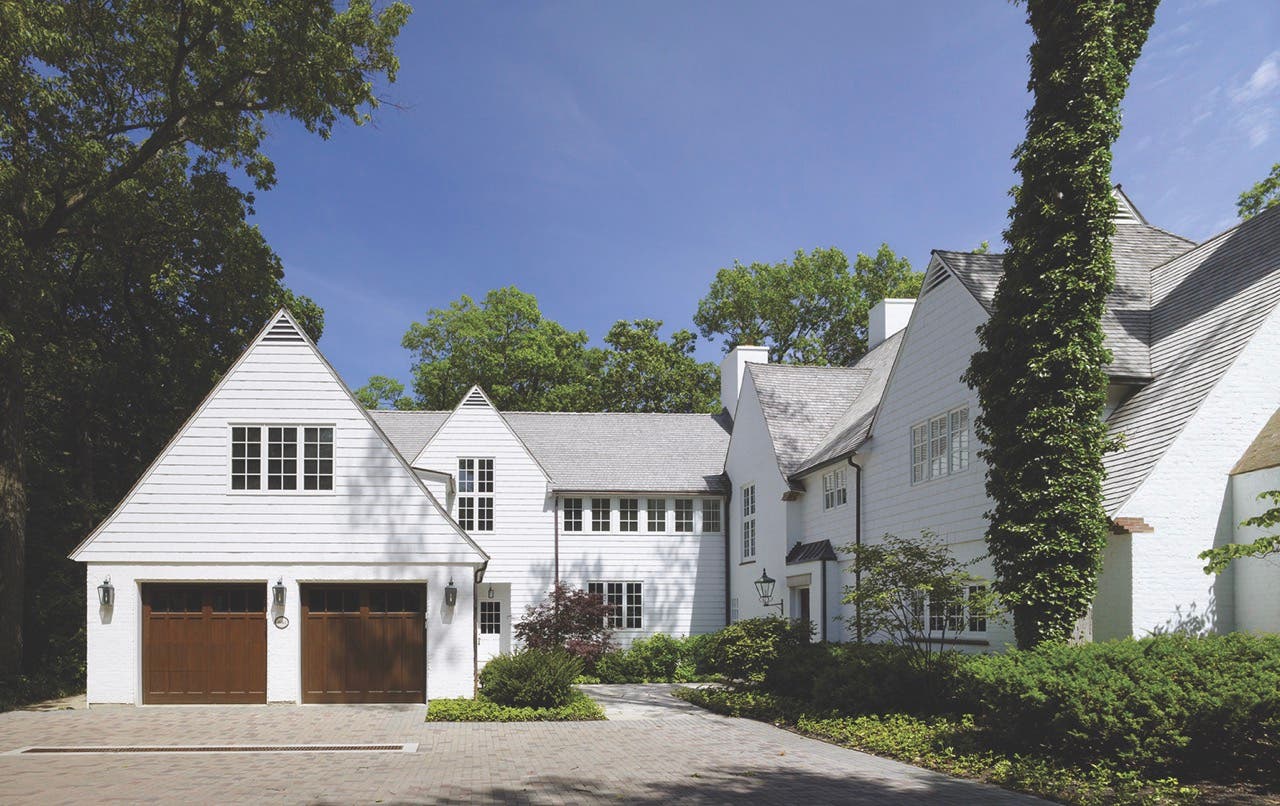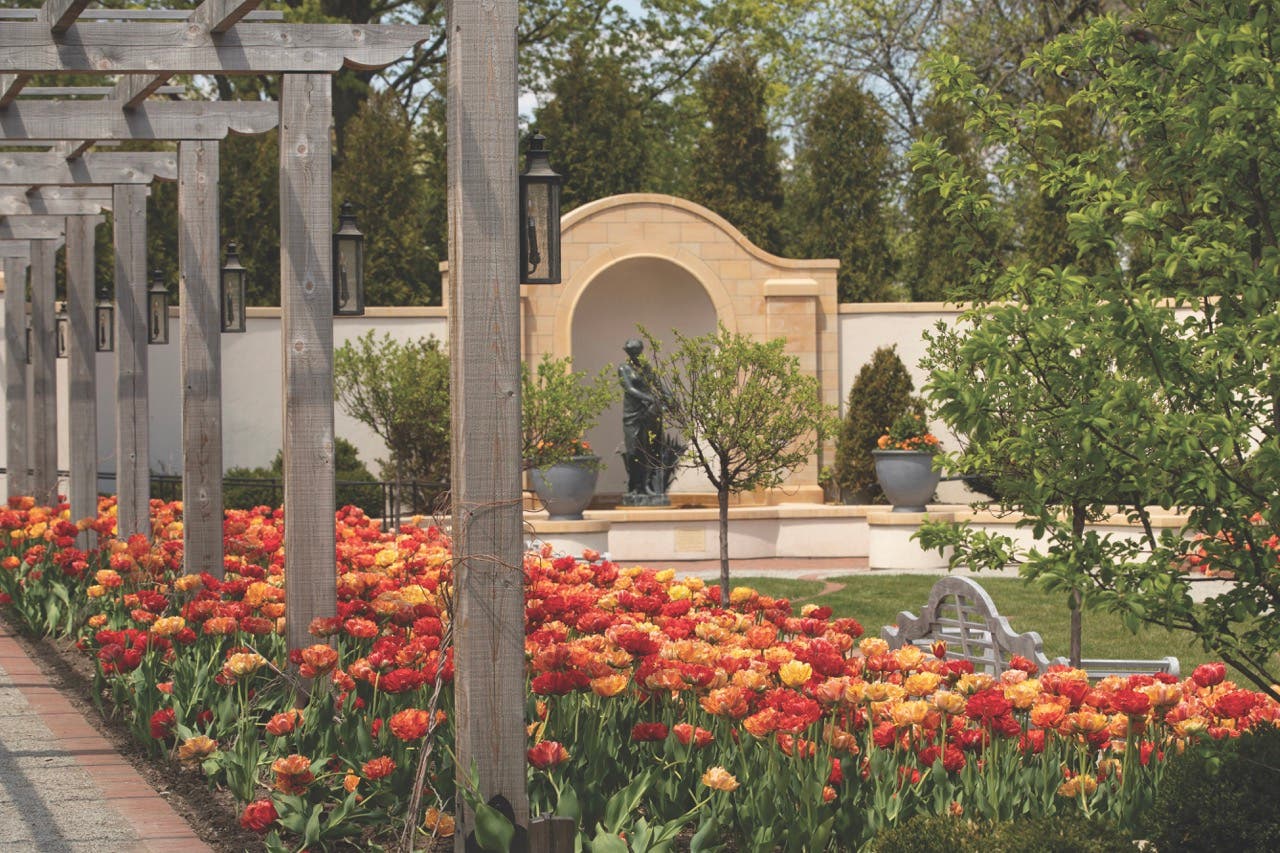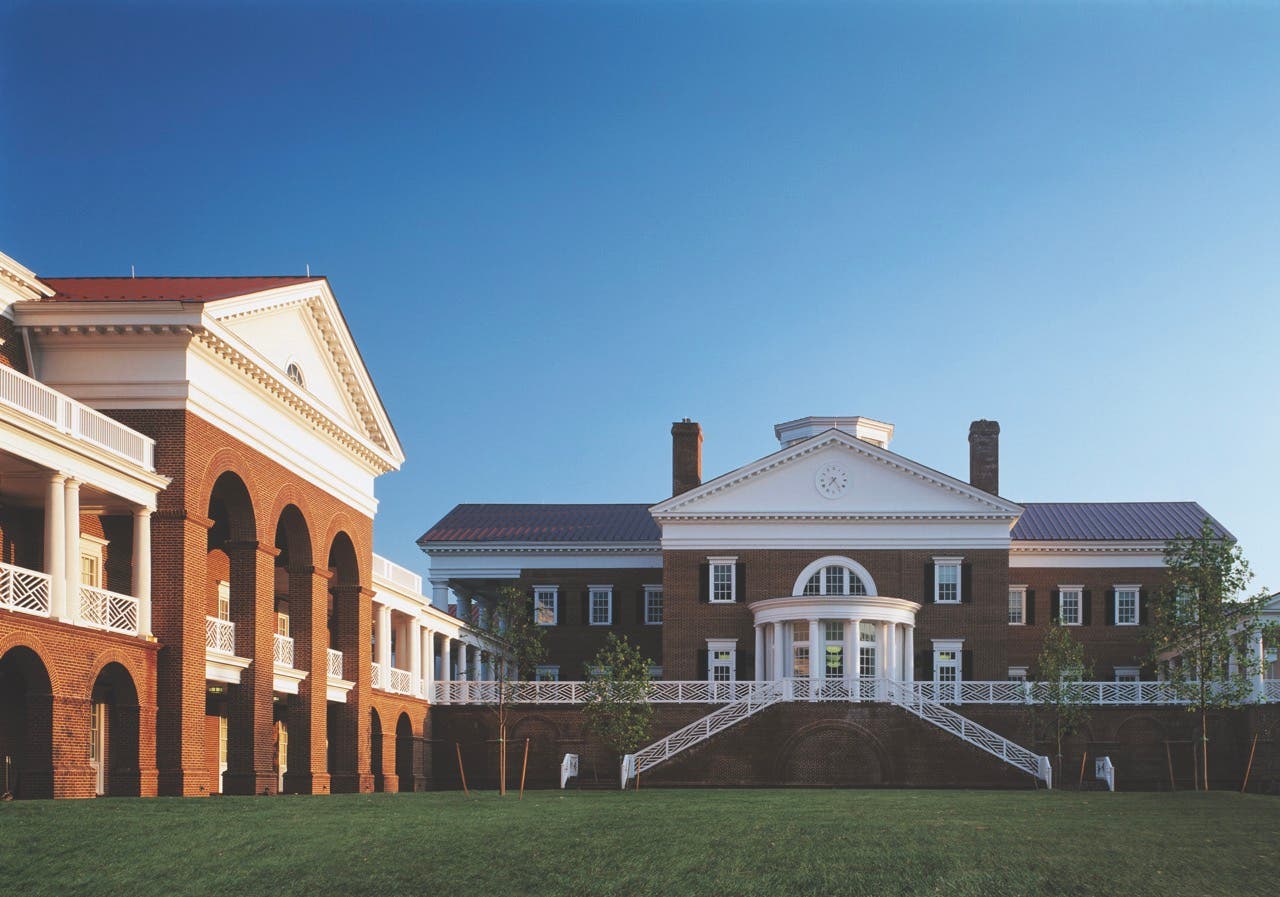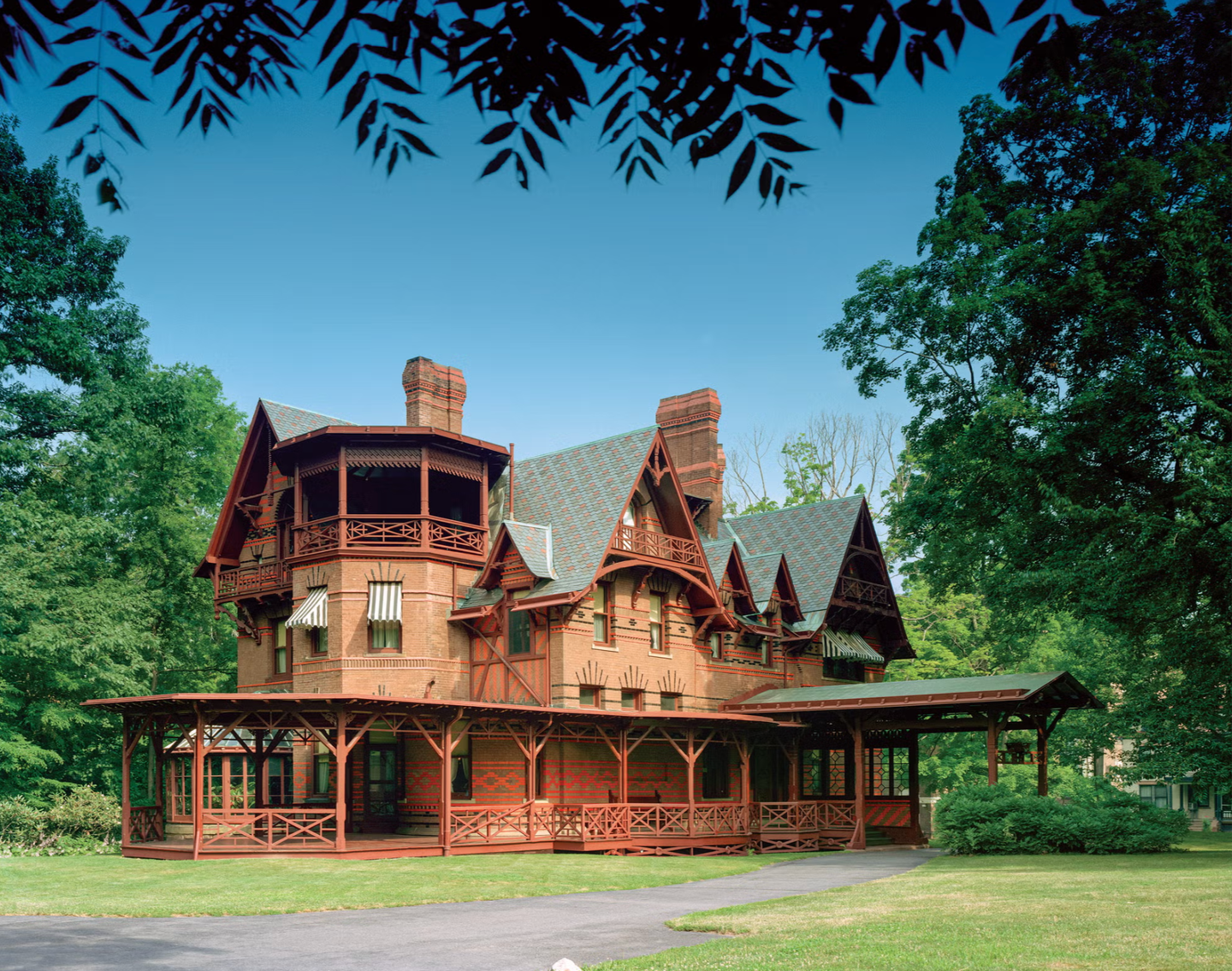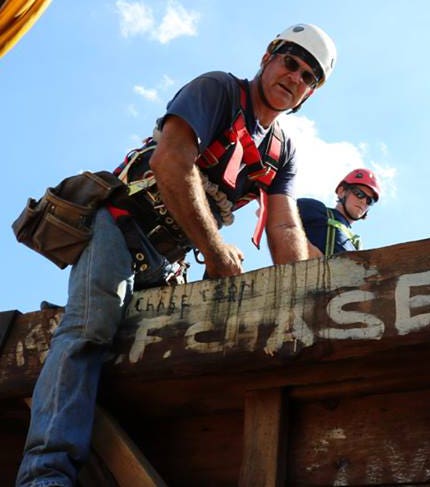
Features
The 25 – Arron J. Sturgis
During his nearly 40-year career, timber framer Arron J. Sturgis has saved many buildings on the brink of extinction.
But, he says, it’s not nearly enough. “I am not sure if I have made any significant impact in my field of historic preservation,” he says. “We lose more buildings than we can save.”
Noting that he chose preservation timber framing because “it called to me,” Sturgis says that “each church, barn, and home I and my crew work on involves emulating the original builder to honor him. We work in concert with the steward of a building to create the next chapter in its long history.”
Sturgis, who began his career in 1987, four years after earning a degree in psychology from the University of New Hampshire, founded Preservation Timber Framing, a traditional timber-framing company specializing in the structural repair of historic timber-framed buildings, in 1998.
“I got into the field after spending years working on new houses that were poorly designed, poorly built, and that no one really cared about,” he says. “I realized very quickly that timber framing requires thought, precision, and dedication, all things my crew and I strive for and enjoy.”
Sturgis, a trustee and past president of Maine Preservation, a non-profit advocacy group that is dedicated to preserving the state’s heritage and built environment, and a trustee with the New Hampshire Preservation Alliance, collaborates with these groups and other historic trades professionals to mentor young craftspeople, in large part through internship programs with their companies.
“Mentoring is the best way to teach the trades,” he says. “You learn by doing, and you excel with practice. We mentor local carpenters who have sick skills but need support taking on a project like a huge church steeple. We know that collaborating with local craftspeople empowers them within their respective communities while allowing my crew to get more done.”
Sturgis sees timber framing as the best green way to build. “Timber-framed buildings are malleable, livable, and long lasting,” he says. “Living in a building that is strong and beautiful allows creativity, mindfulness, and peace. Our future as a society depends upon making better choices about how we live, what we live in, and the materials we build with.”




